Top 10 Ways to Protect Canada Parks Wilderness
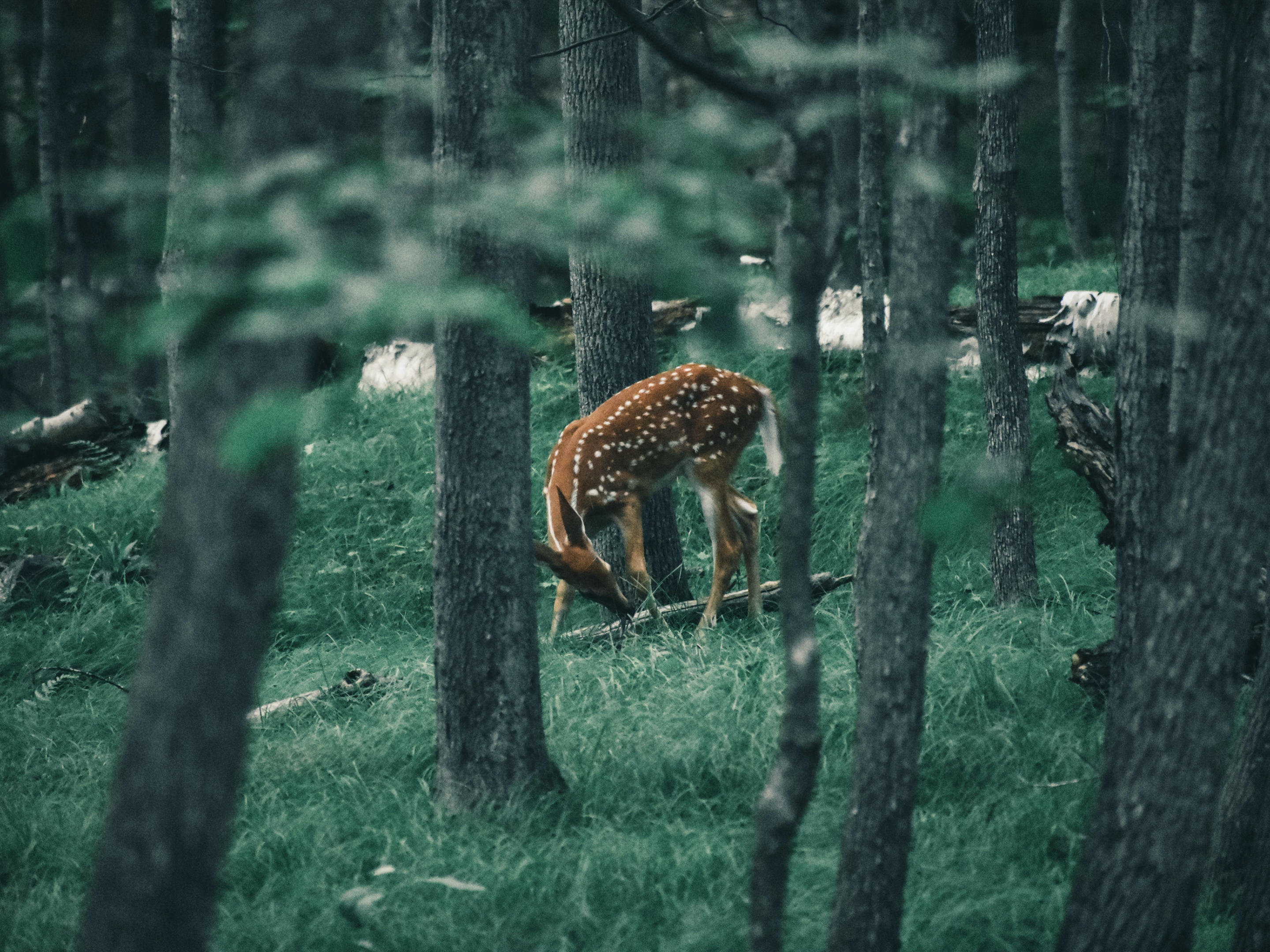
As Canadians, we are blessed to have some of the most beautiful national parks in the world. With breathtaking scenery and diverse wildlife, these parks provide us with endless opportunities to explore and connect with nature. However, with great beauty comes great responsibility. It's up to all of us to ensure that our parks remain protected and preserved for future generations to come. So, let's dive in and take a look at the top 10 ways to protect Canada Parks and wilderness areas.
1. Stay on designated trails

We know, we know. It's tempting to wander off the beaten path and explore every nook and cranny of the park. But let's be real, there's a reason why those trails are there. They're designed to protect the fragile ecosystems that exist in the other protected areas within our parks. So, stick to the trails and leave the off-roading to the professionals (or at least the reckless teenagers).
2. Leave no trace
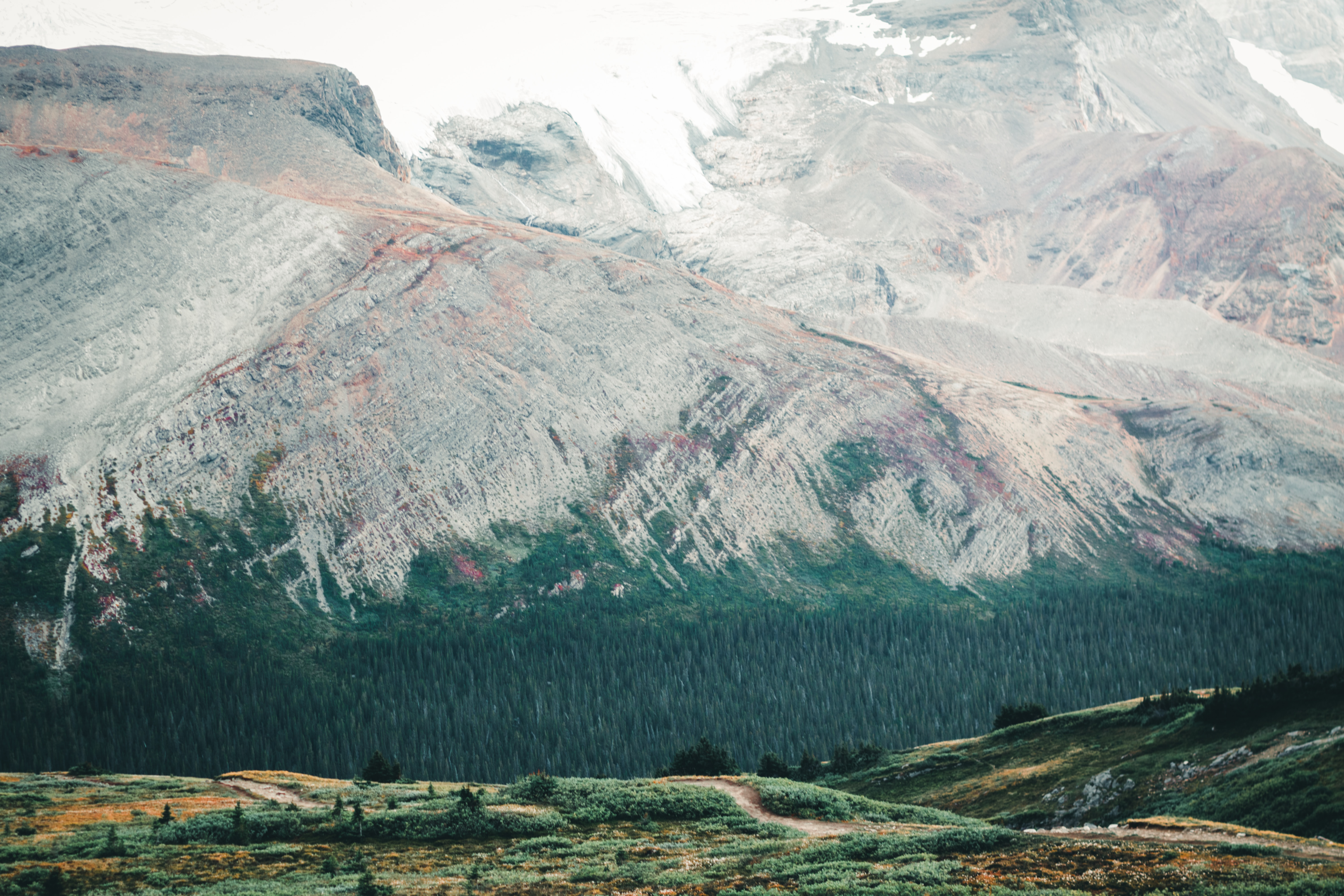
If you've ever been camping or hiking in the various wildernesses, you've probably heard the phrase "leave no trace." It's a simple concept, but one that's often overlooked. It means that you should leave the park the way you found it. Don't litter, don't carve your initials into trees, and for the love of all things holy, don't feed the wildlife. They have enough problems already.
3. Respect the wildlife
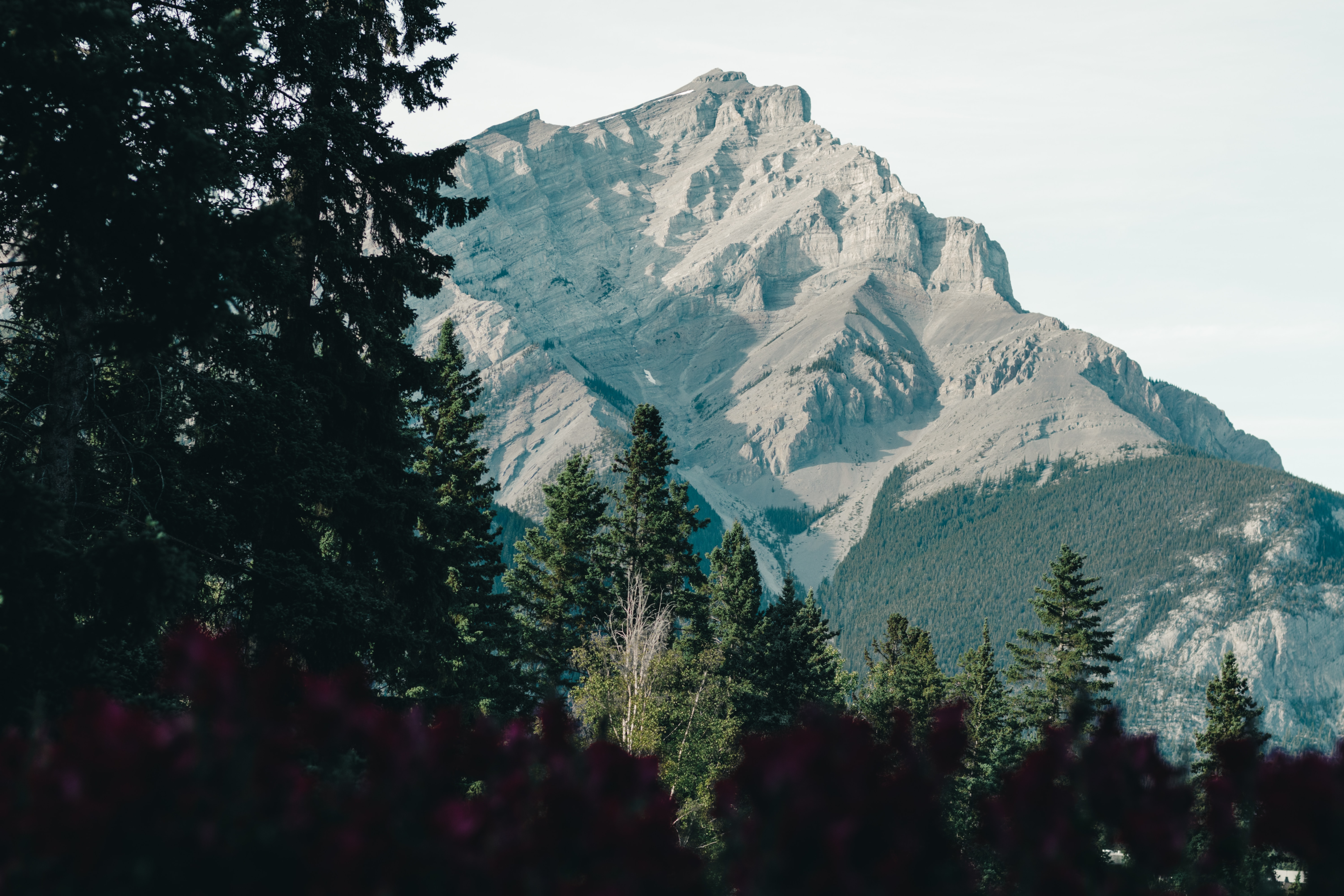
Speaking of wildlife, it's important to remember that we are visitors to their homes. As much as we may want to get up close and personal with a moose or a grizzly bear, it's important to keep a safe distance and respect their space. And please, please, please don't try to take a selfie with a wild animal. We promise you'll regret it.
4. Pack it in, pack it out

This one goes hand in hand with leaving no trace. When you're camping or hiking in the wilderness, mountains, or many important areas, it's important to pack out everything that you bring in. That means your garbage, your food scraps, and even your poop (if there aren't any designated toilets). It may not be glamorous, but it's an essential part of protecting our parks.
5. Don't start any fires
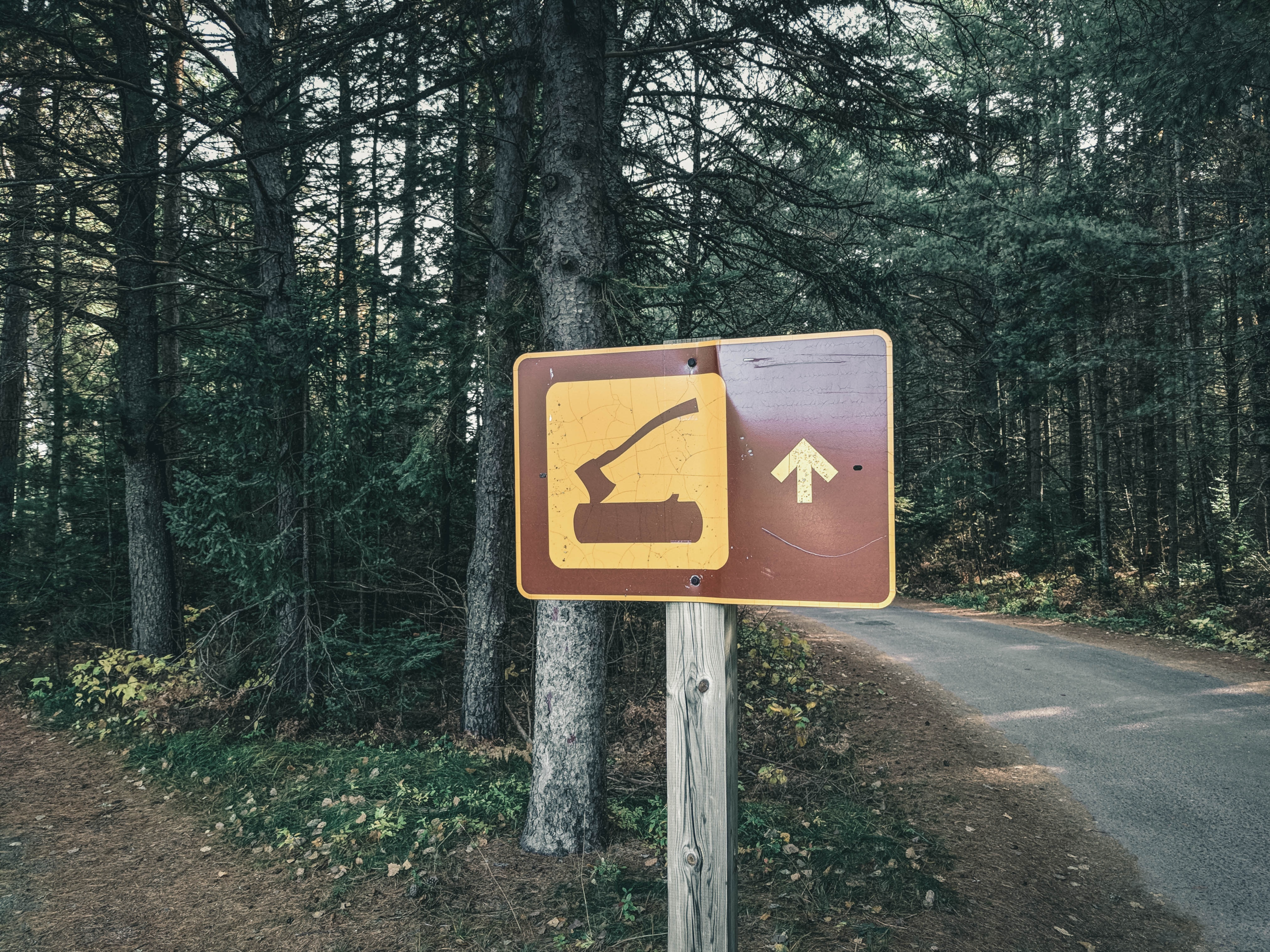
We all love a good campfire, but starting a fire in the wilderness can be dangerous and damaging. Before you light that match, make sure you check with park officials to see if fires are allowed in a wilderness area. And if they are, make sure you're in a designated area bigger than a fire pit and that you have plenty of water nearby to put it out.
6. Stay away from sensitive areas
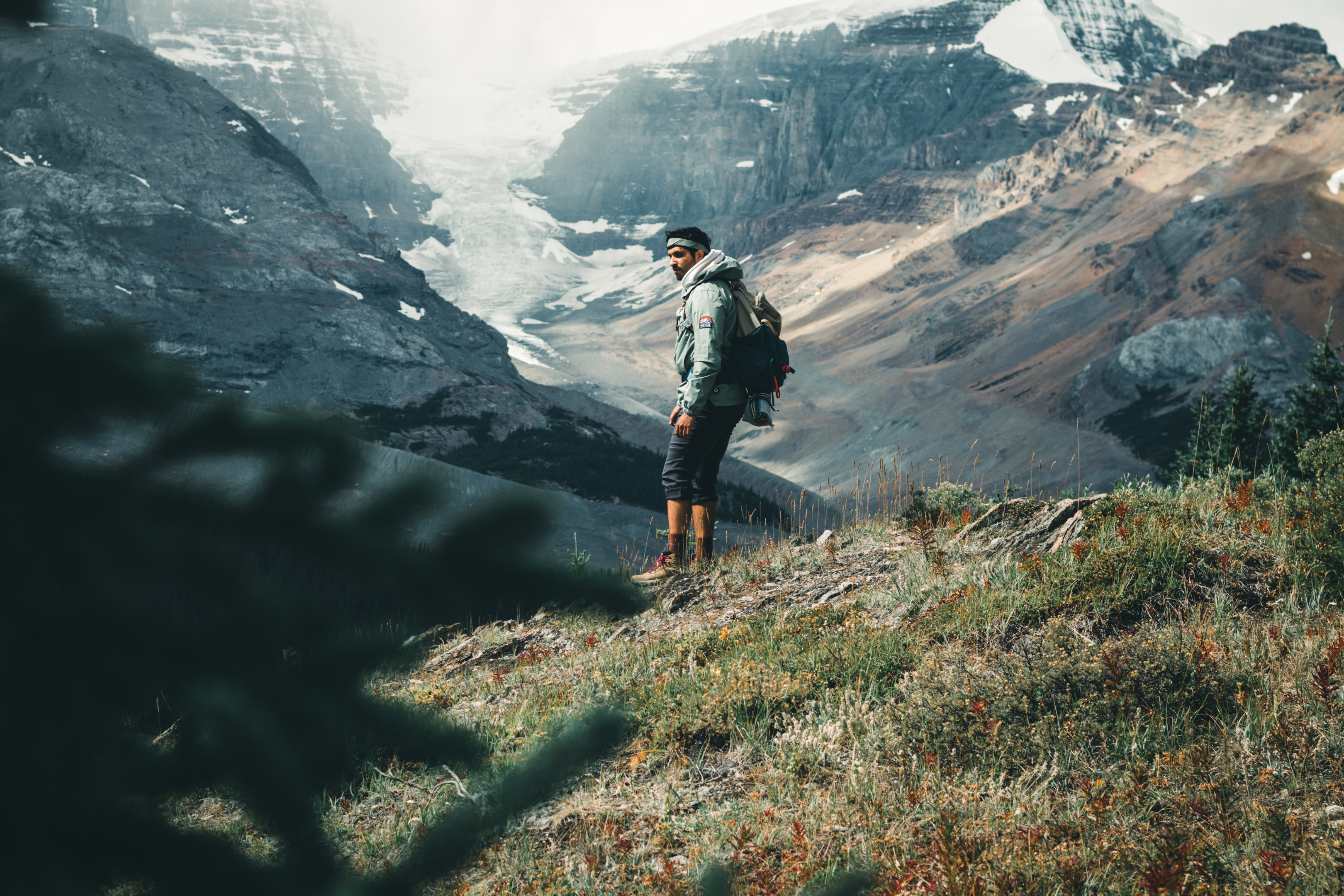
There are certain areas of the land in our parks that are more sensitive than others. This could be due to things like erosion, fragile ecosystems, or archaeological and historical sites. If you come across an area that's marked off or roped off, please respect the boundaries and stay away from important areas.
7. Use eco-friendly products
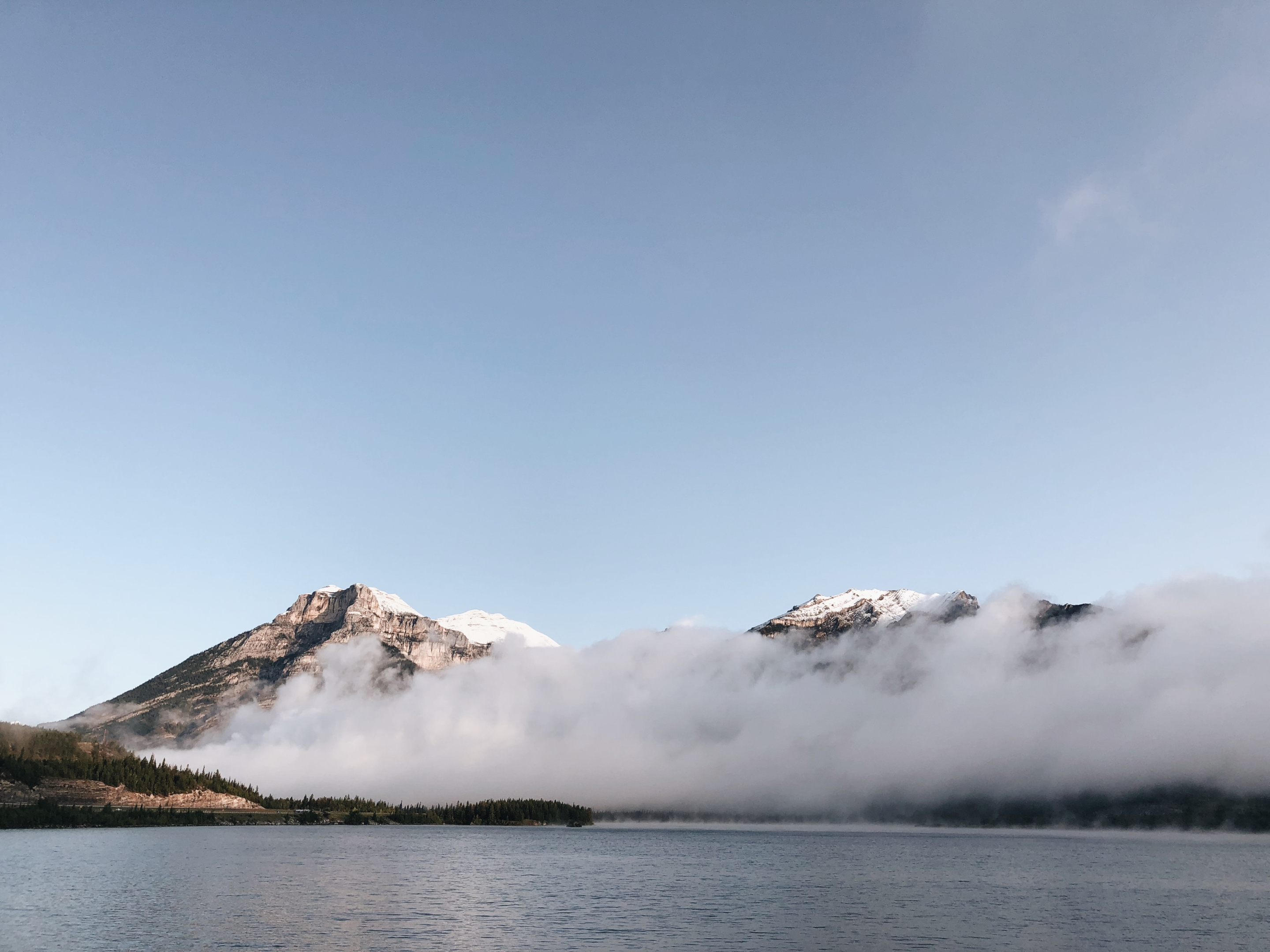
That's right, my friends. When you're out in the wilderness, it's important to be mindful of the products that you're using. Choose eco-friendly options like biodegradable soap and reusable water bottles. Not only will this help reduce your impact on the environment, but it will also make your trip a little more enjoyable (let's be honest, no one wants to lug around a garbage bag full of empty water bottles).
But being eco-friendly isn't just about the products you use. It's also about understanding how you dispose of them. When you're done with your trip, make sure you pack out all of your trash and dispose of it properly. Leaving a trail of trash behind is not only bad for the environment, but it's also just not a good look (seriously, no one wants to be known as the person who left a trail of trash behind them).
And let's not forget about the other things you can do to reduce your impact on the environment. Consider using a composting toilet instead of a traditional one, or bring a portable solar panel to charge your electronic devices instead of relying on disposable batteries. The possibilities are endless!
8. Educate yourself
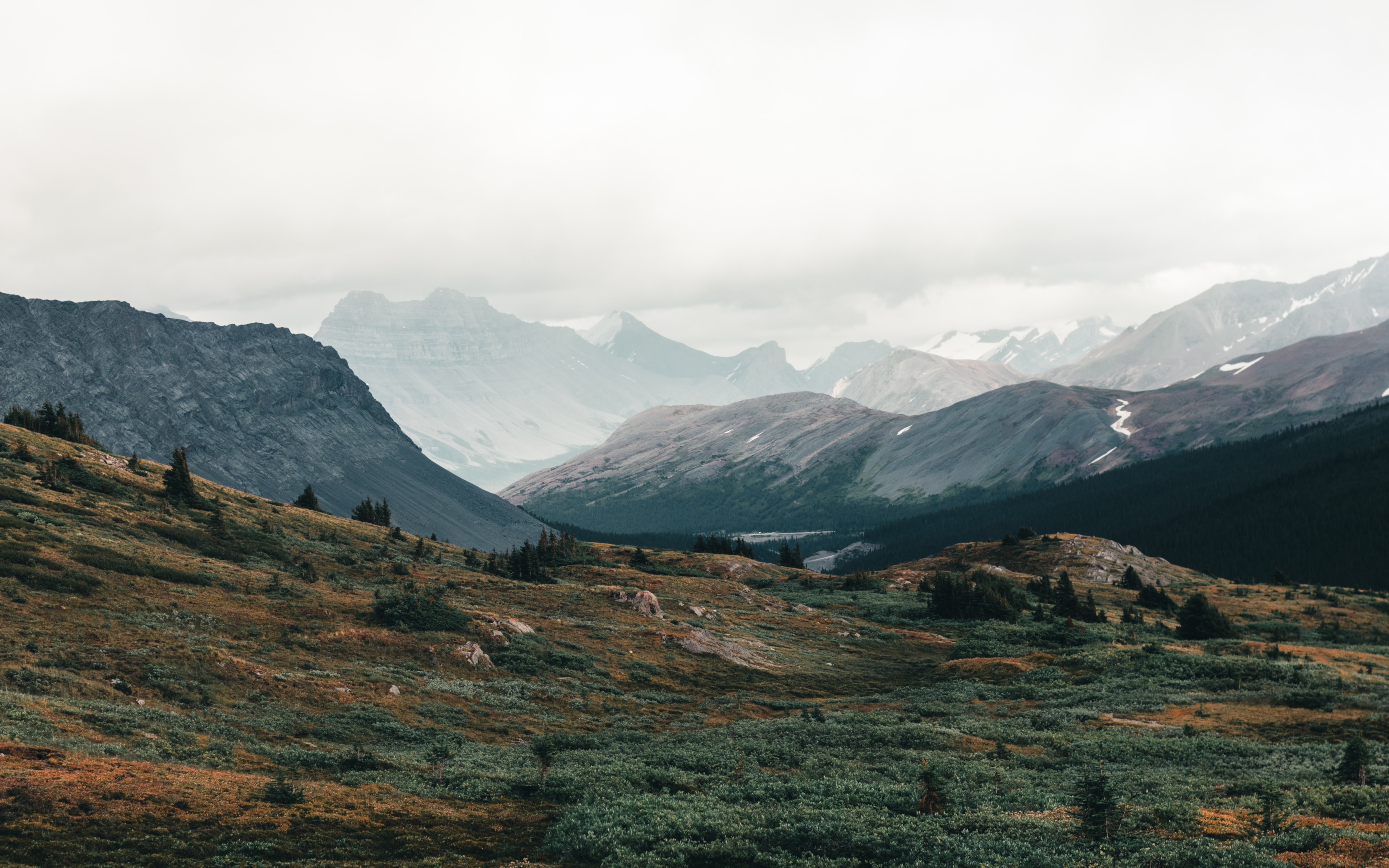
If you're planning a trip to one of our beautiful parks, it's time to put on your learning caps. And I don't mean those boring old textbooks, I'm talking about getting out there and experiencing the park for yourself. Take a hike, go for a swim, or even climb a tree (but make sure it's allowed first, we don't want any accidents!).
While you're out there, take the time to learn about the park and its ecosystem. I know, I know, you didn't come out here to be a nerd, but trust me, it's worth it. You might spot some cool animals and plants that you wouldn't have noticed otherwise. Plus, if you're travelling with a group, you can impress everyone with your newfound knowledge. "Hey, did you know that the white-tailed deer is the most common deer species in North America??" See, you're already a pro.
So, in summary, education is key, my friends. Get out there, explore, and learn everything you can about our parks. Who knows, in future, you might even become the next park ranger!
9. Volunteer

Consider volunteering your time to help with conservation and environmental protection efforts. Not only will you be doing your part to protect the earth and environment, but you'll also get to meet some pretty cool people (and animals).
There are plenty of organizations and programs that could use your help. Maybe you'll spend your weekends cleaning up garbage and debris from popular trails, or perhaps you'll get to play the role of wildlife detective and monitor populations of furry creatures like bears and beavers. Who knows, maybe you'll even get to name your very own chipmunk (just kidding, we don't do that).
But volunteering isn't just about helping out the natural world. It's also a great way to make new friends and have fun. Think about it, you're out there with a group of like-minded individuals, enjoying the great outdoors and working towards a common goal. You might even get some cool swag like t-shirts or hats to show off your dedication.
And let's not forget the warm and fuzzy feeling you'll get from making a difference. Imagine walking through a park that you helped clean up or seeing a species thrive because of the work you've done. It's like being a superhero, but instead of a cape, you've got half a trash bag.
10. Advocate for park conservation

Alright, fellow park lovers, it's time to channel your inner activism. That's right, I said the activist. Don't worry, you don't have to wear a tie-dye shirt or carry a bullhorn (although, that would be pretty cool). But if you're passionate about park conservation, it's important to speak up and make your voice heard.
So, how can you make a difference? Well, there are plenty of ways. You can sign petitions to show your support for park conservation and preservation efforts, or even write to your local representatives and let them know how important these beautiful spaces are to you. You might even get a personalized response back! (Pro tip: if you do, frame it and put it on your wall. It's like getting a trophy for being awesome.)
But speaking up for park conservation isn't just about taking political action. You can also make a difference by simply talking to your friends and family about why parks and rivers are so important. Maybe you'll convince your skeptical aunt to take a hike with you, or maybe you'll inspire your best friend to start using reusable water bottles. Every little bit helps, my friends.
And let's not forget about the power of social media. Share photos and stories about your park adventures and use hashtags like #protectourparks to spread the word. Who knows, maybe your post will go viral and you'll become the face of the park conservation and protection movement (hey, it could happen!).
Conclusion
In conclusion, protecting Canada Park's wilderness lands is not just for the tree-huggers and hippies, it's for everyone who loves getting outside and enjoying nature. And let's be honest, who doesn't love fresh air and the sound of a babbling brook?
By following these 10 tips, we can all do our part to keep biodiversity to ensure that our oceans and our parks remain the beautiful, wild places that we love. So let's get out there and do some "wildlife watching" this week (and no, I don't mean watching your neighbours through binoculars, that's just creepy).
Whether you're hiking, camping, hunting or just enjoying a picnic, remember to respect the plants and animals around you. Don't be the person who feeds the bears; trust me, that's a recipe for disaster. And if you're lucky enough to spot some wildlife, take a picture, but please don't try to take a selfie with a moose, those things are not to be messed with.
And let's not forget about our trash. We all know that littering is bad, but let's take it one step further and pack out our garbage. Nobody wants to see your discarded granola bar wrapper, and the animals don't want to eat it.
Finally, don't be afraid to get involved in park conservation efforts. Who knows, you might just meet some like-minded people and make some new friends. Plus, it's a great excuse to wear your "Save the Parks" t-shirt and feel like a real hero.
So, the next time you're out in one of Canada's national parks, remember to have fun but also remember to take care of our natural resources and wild spaces. And if you happen to run into a bear, remember to act calm and slowly back away. Or you could try singing a song, I hear they love Adele.
